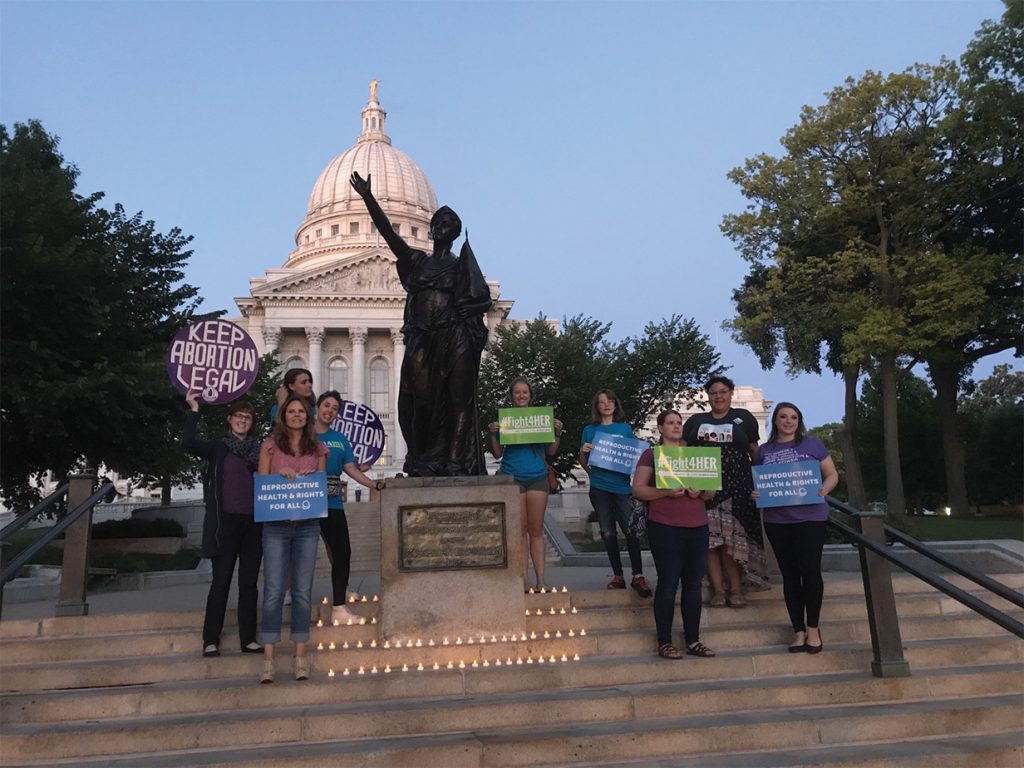Editorial Excerpts, March 2020
Published: March 2, 2020
Ostensibly, abortion remains legal in the United States.
Ostensibly.
But the reality is far different:
- Onerous requirements on abortion facilities have melted their numbers, limiting access to providers.
- Hundreds of restrictions have been passed over the years to place hurdles between women seeking to terminate a pregnancy and the procedure itself.
- And since the 2010 midterm elections, which swept a wave of conservative abortion foes into office, increasingly restrictive, invasive, and oftentimes bizarre new laws have been concocted to make the process as difficult, uncomfortable, expensive, and inaccessible as possible.
Pennsylvania has not been immune to this quest by conservative lawmakers to out-do one another when it comes to preposterous, unnecessary, and dangerous laws regarding abortion. A pending House bill would require death certificates and burials or cremations for fetal remains—including fertilized eggs that fail to implant in a woman’s uterus.
The brain trust behind this misguided measure ignores—or, more likely, simply doesn’t care—that 50 percent of fertilized eggs fail to implant. They also ignore basic science by defining fertilized eggs as “unborn children.” Please.
Clearly, this string of preposterous, unnecessary, and dangerous proposals surrounding abortion has stretched beyond ridiculous.
And while many of them are obvious attempts to reach the Supreme Court, it is worth noting that should the justices strike down Roe v. Wade, it is the states that will dictate abortion laws individually. These aren’t just test cases, they are proposals that will have very real consequences on very real women.
–York Dispatch, December 1, 2019
As the world grows warmer, heart-breaking accounts of animal suffering have multiplied from what scientists suspect, or have established, are the direct result of man-made climate change.
For humans, the consequences of global warming are difficult to internalize because any changes seem, for the moment, to be slow or aberrational. But the impact on the world’s delicate ecosystems can be catastrophic:
Scientists released a study this year calculating that the wild bird populations of the United States and Canada have diminished by almost 30 percent since 1970.
In three weeks, 200,000 saiga antelopes fell dead across the steppes of Central Asia in 2015, two-thirds of the world’s population. Scientists recently solved the mystery when they discovered that warming temperatures might have unleashed a dormant bacterium in the animals, causing massive internal bleeding.
Encroaching heat is driving away state birds, including Alabama’s yellowhammer, the California quail, Georgia’s brown thrasher, Iowa’s and New Jersey’s goldfinch, Minnesota’s common loon, New Hampshire’s purple finch, Pennsylvania’s ruffed grouse and Vermont’s hermit thrush. A national symbol of Australia—koalas—already threatened by human development, have died by the hundreds in the nation’s recent drought-fueled fires.
A United Nations study this year found that a million plant and animal species risk extinction because of several human-induced factors greatly aggravated by climate change. More UN research recently warned that time is growing short for the world’s nations to act drastically if catastrophic consequences are to be avoided.
While most of the focus is on how the climate emergency affects mankind, the cruelty visited upon animals that share in this planet’s fate should not be overlooked. The animals can’t do anything about the warming globe. People can.
–USA Today, December 2, 2019

